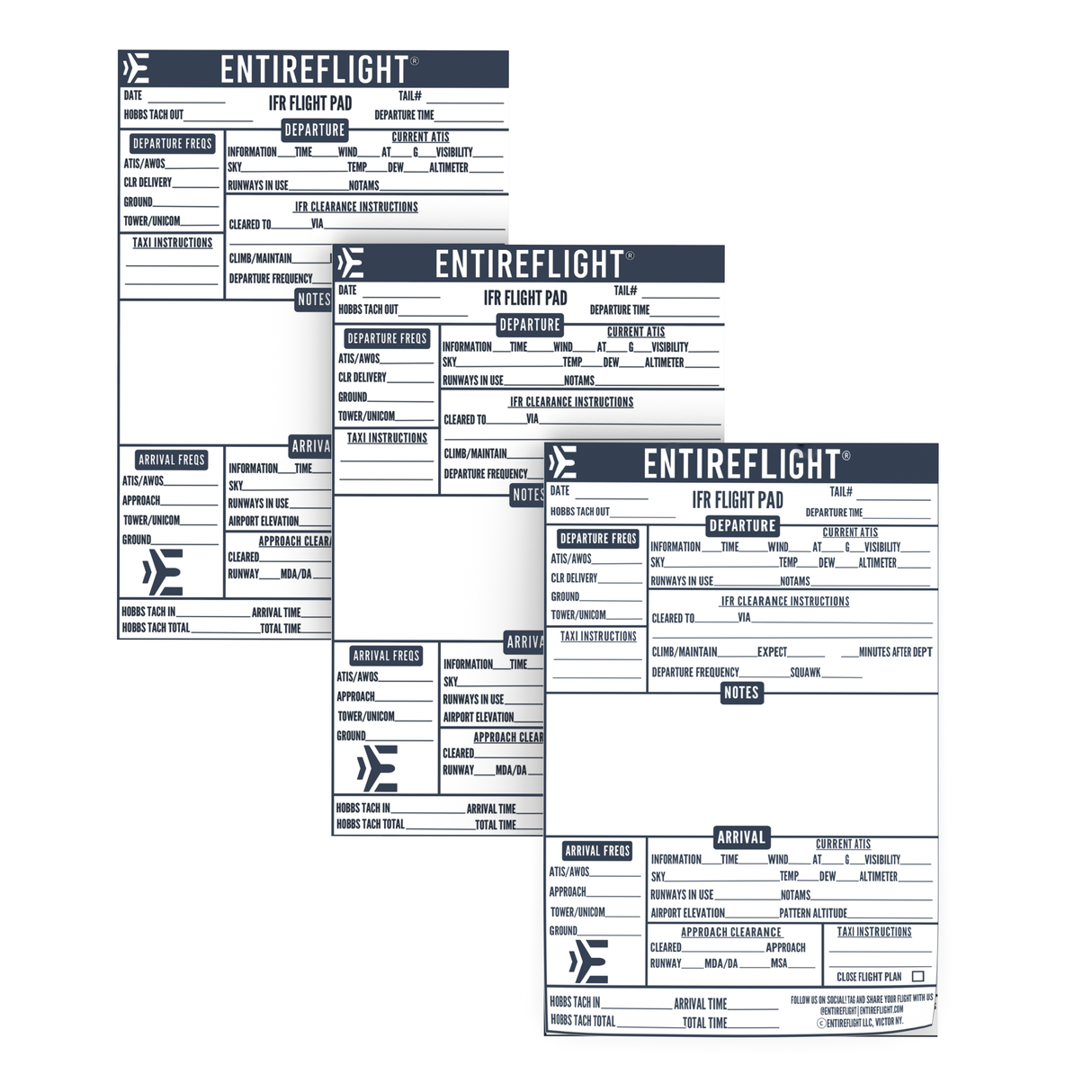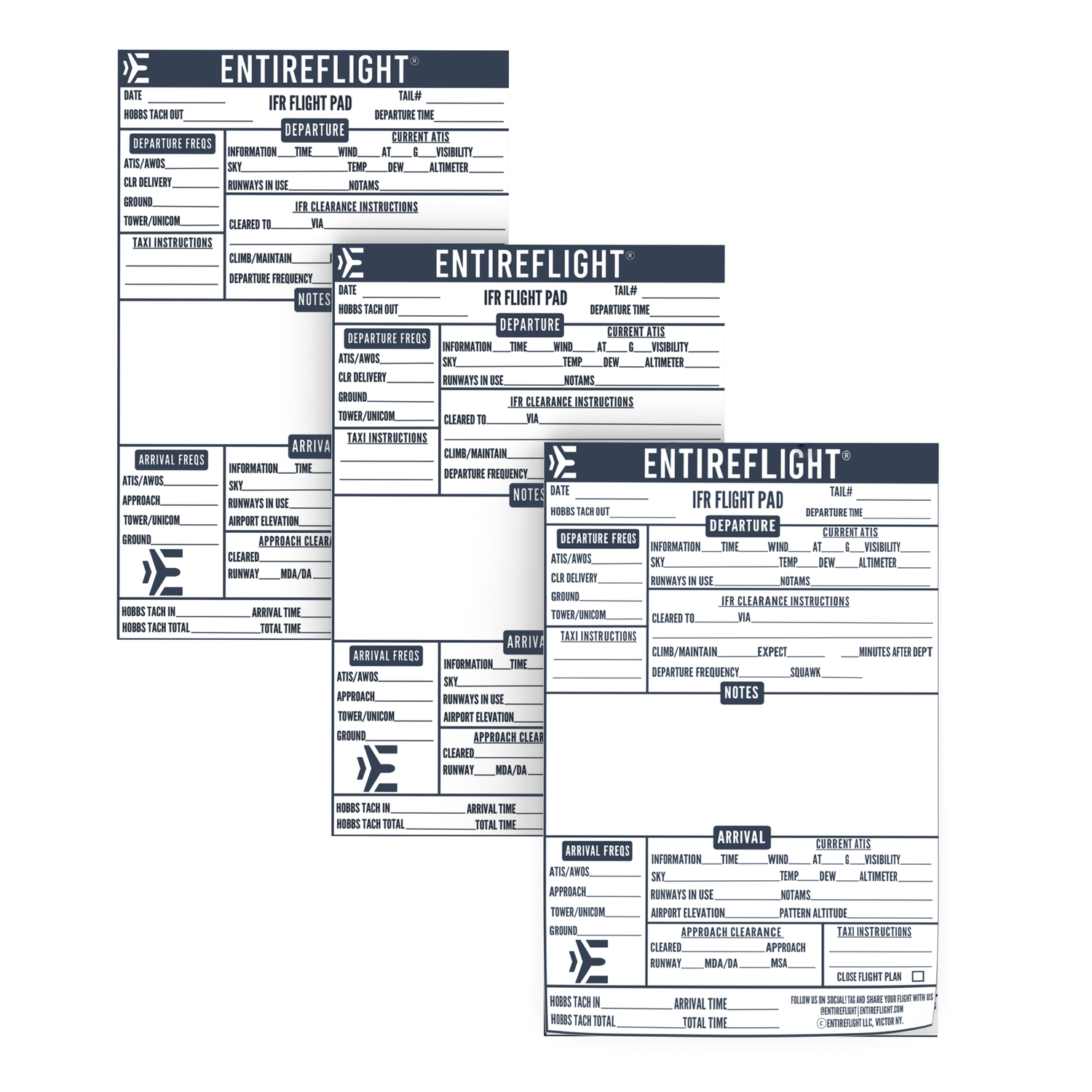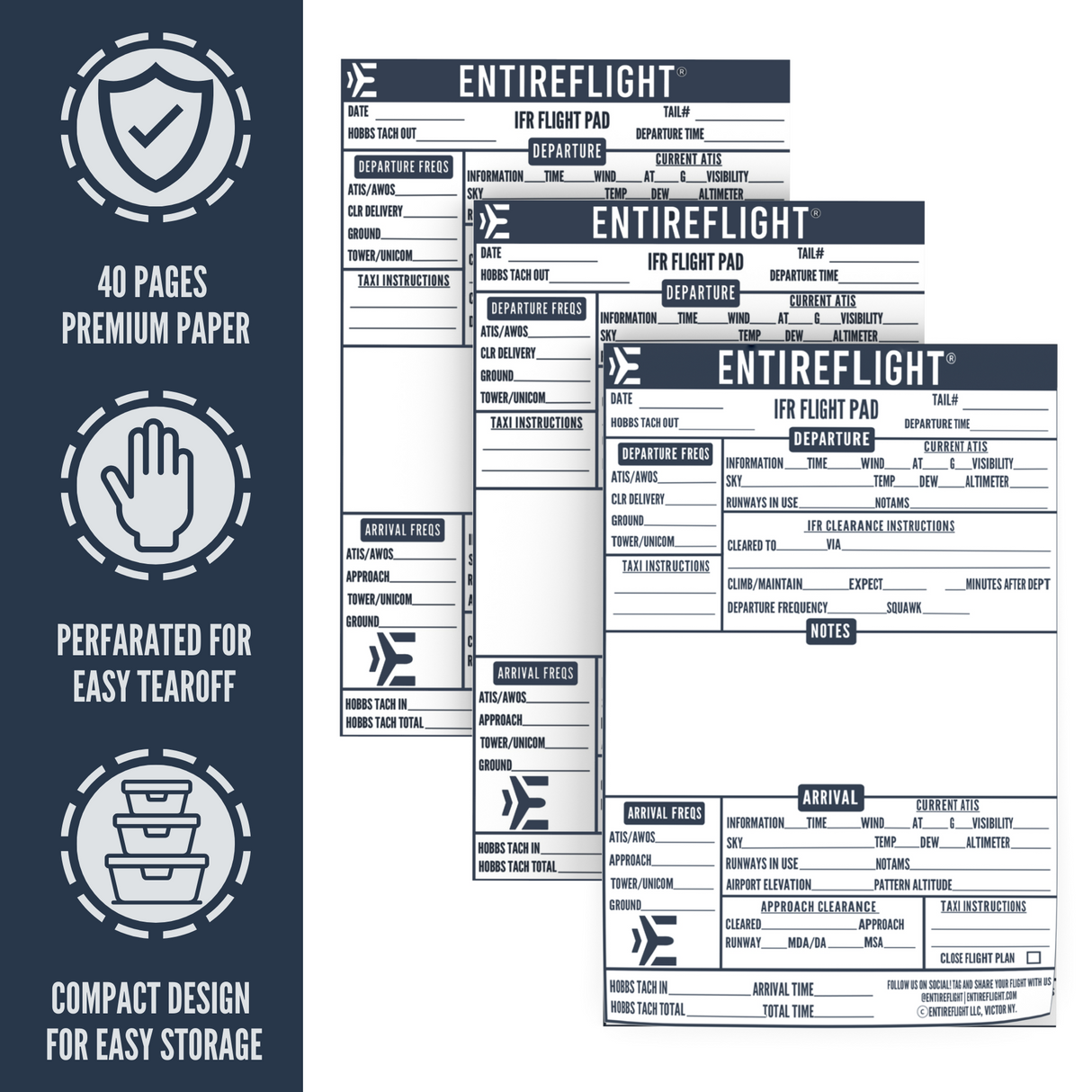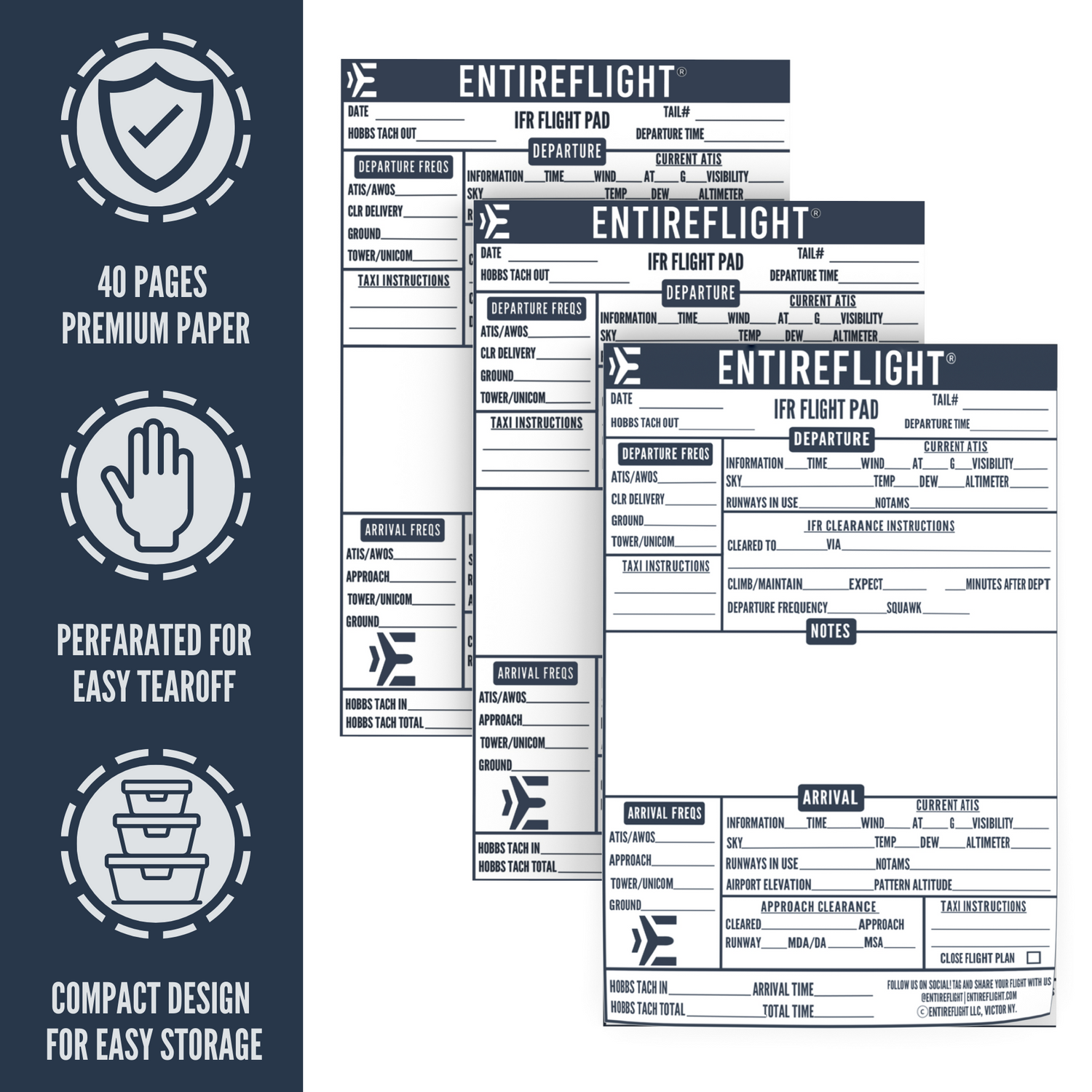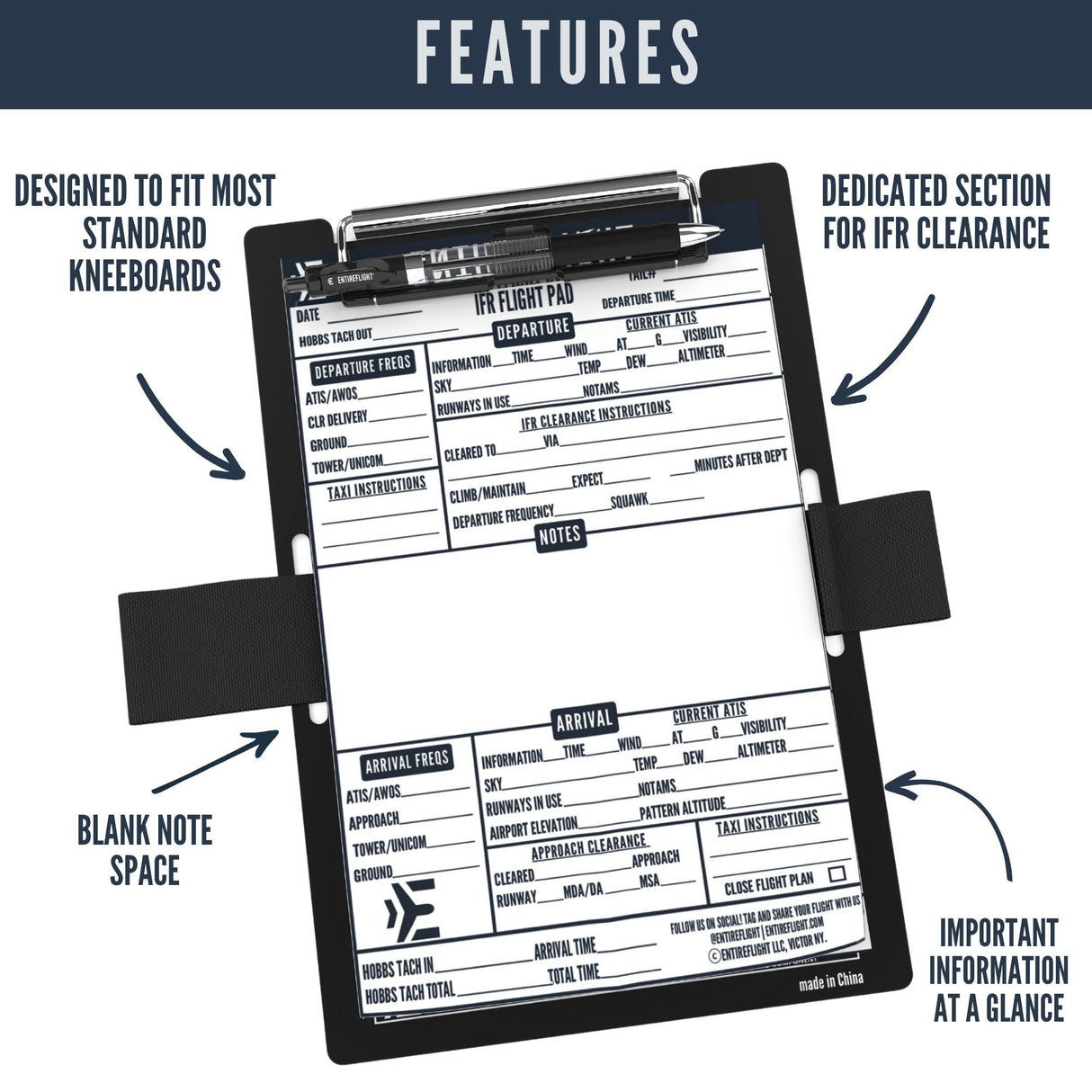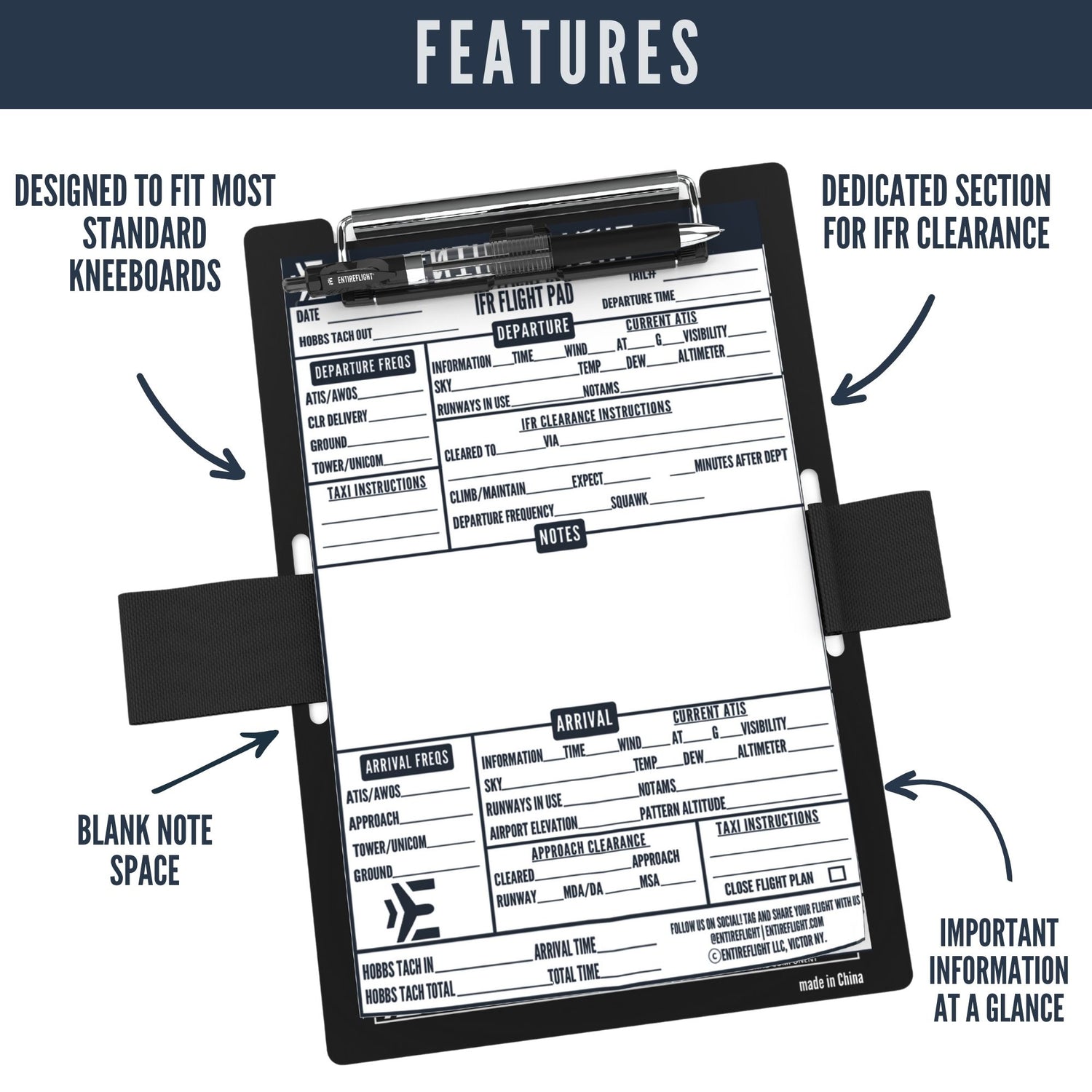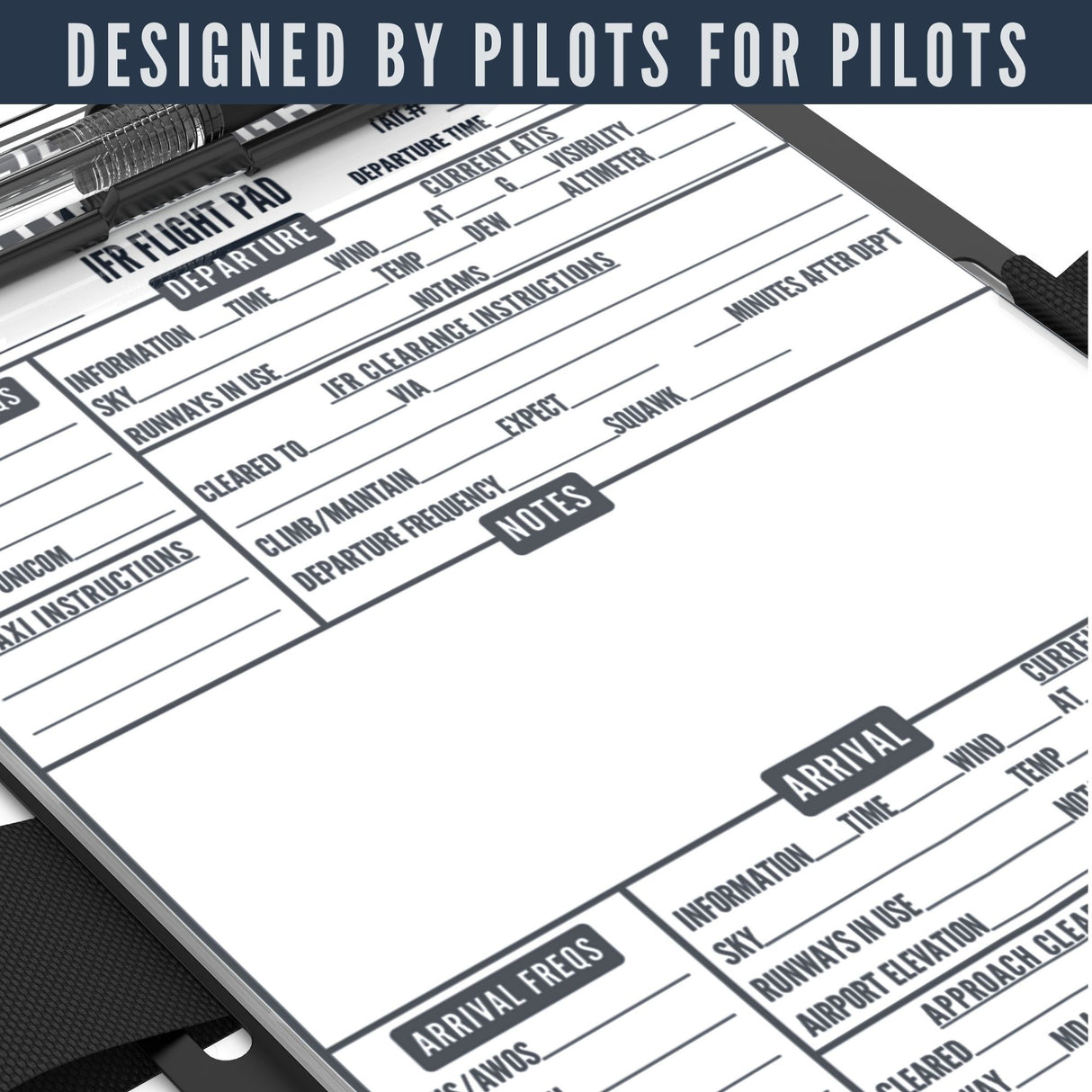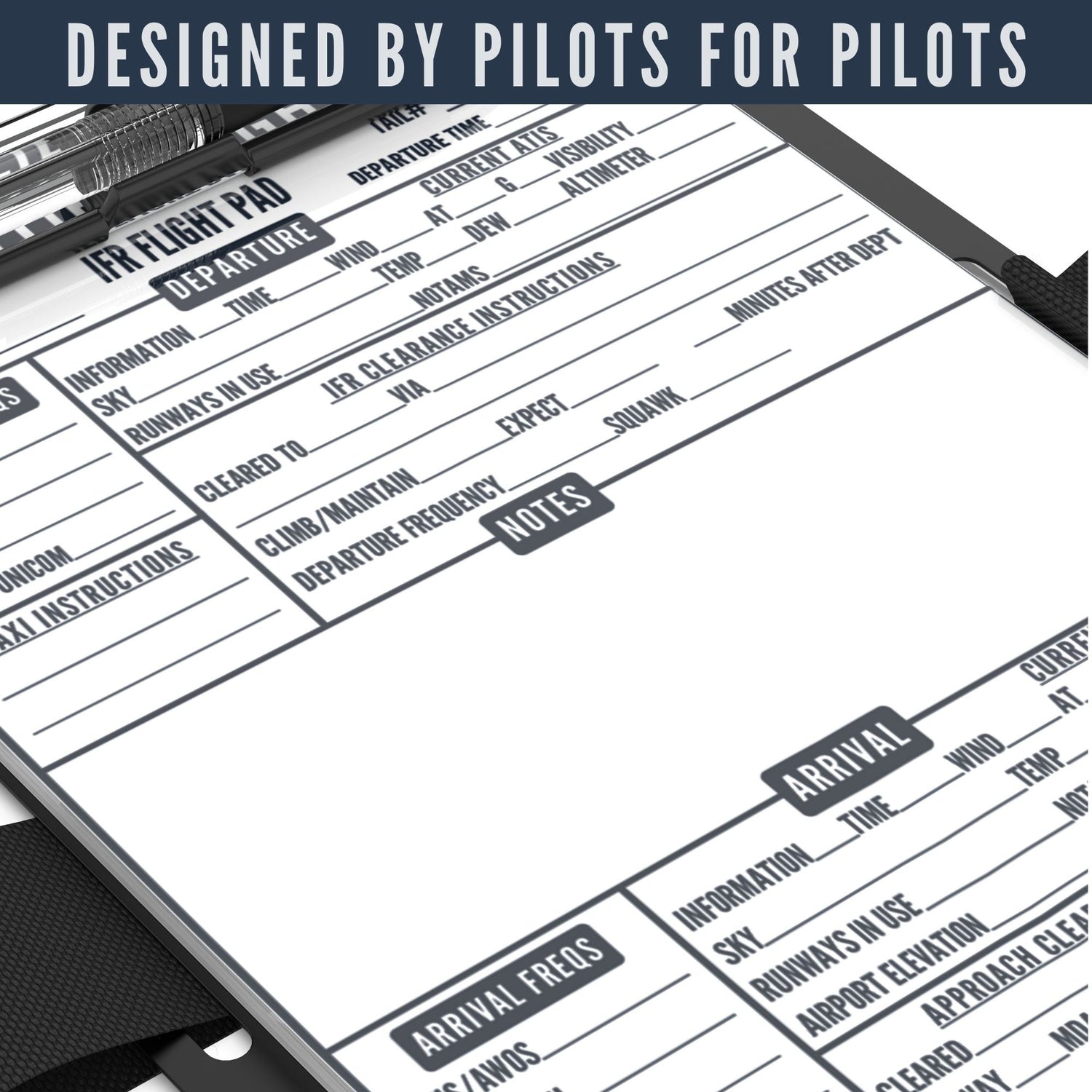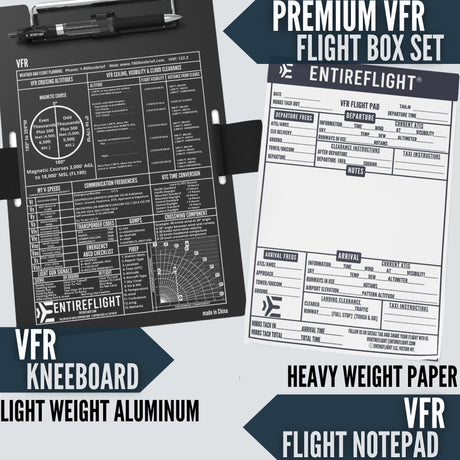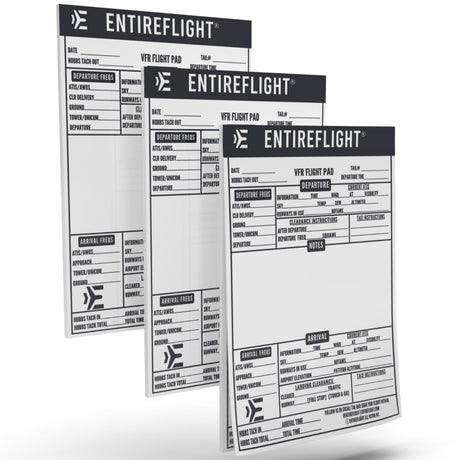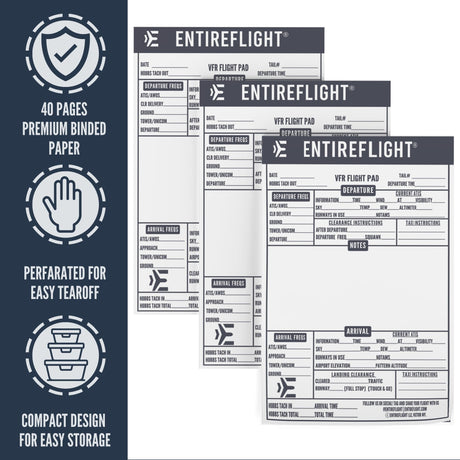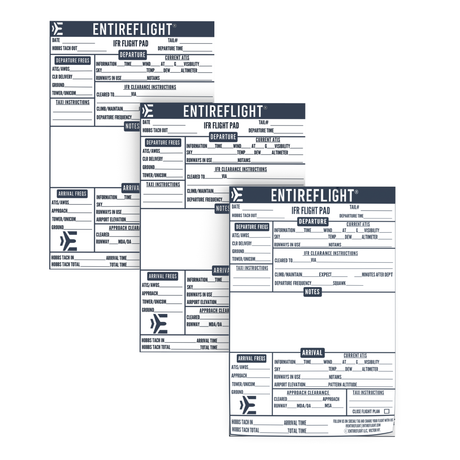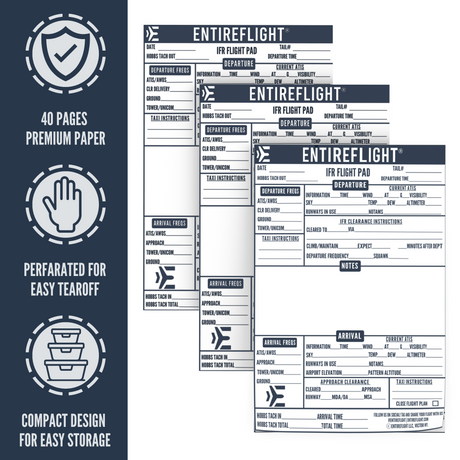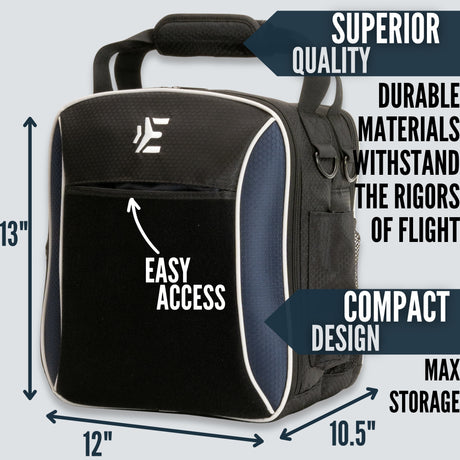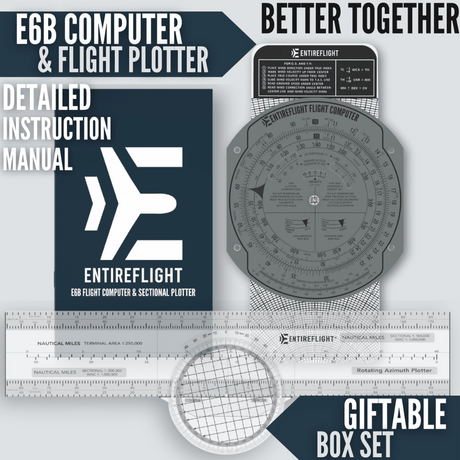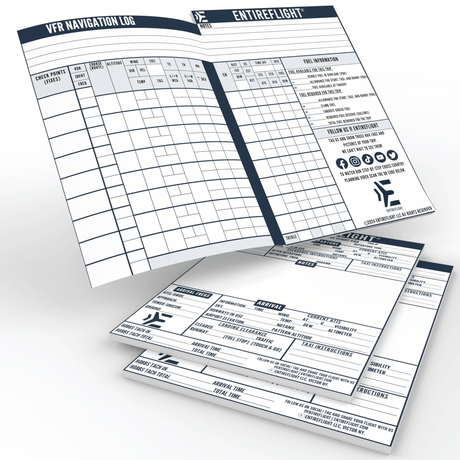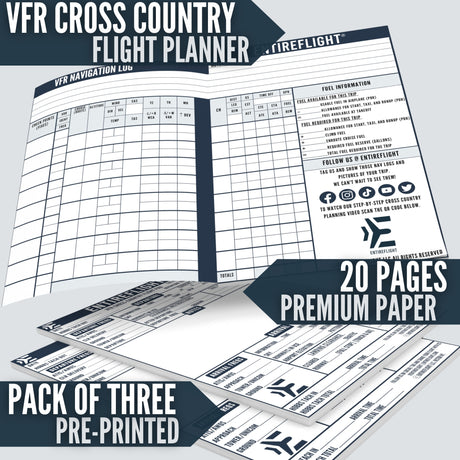The Deep Dive: How A Turn Coordinator Works, Understanding Skids and Slips, Comparison vs Turn and Slip Indicator
Smoothly steering an aircraft through the skies is a remarkable achievement, particularly during turns, which demand precision and skill. One essential instrument that ensures safe maneuvering is the Turn Coordinator.
This invaluable piece of cockpit equipment actively prevents slipping and skidding, making it a crucial component of flight safety. It is a sophisticated device that provides pilots with real-time information about crucial flight details. By offering precise indications of the plane's movement, it empowers pilots to maintain optimal control and stability during various maneuvers. By understanding its role in flight navigation, we can truly appreciate the mastery involved in piloting and the measures taken to ensure safe and enjoyable journeys through the skies.
Ready to dive in? Let's get started!
Key Takeaways
- The Turn Coordinator is a crucial instrument that helps pilots maintain control and avoid slips and skids during turns.
- Uncoordinated turns can be dangerous, leading to loss of control and potential accidents. Pilots must be able to identify slips and skids and correct them promptly.
- Proper use includes monitoring the ball's position and applying rudder pressure accordingly, is key to maintaining coordination during turns.
- Mastering the standard rate of turn, coordinating turns effectively, and using the slip/skid indicator are essential techniques for safe and coordinated turns.
What is a Turn Coordinator?
The turn coordinator stands as a crucial instrument, enabling pilots to maintain impeccable control and prevent slips and skids during turns. Unlike the turn indicator, this indispensable tool offers precise insights into the aircraft's roll and yaw movements.
Understanding the mechanics of the turn coordinator empowers pilots to utilize it effectively, guaranteeing safe and coordinated turns. Mastery of this instrument ensures smooth and stable flights, making it an essential skill for every aviator. Embrace its potential, and soar with confidence as you navigate the skies with precision and finesse.
How Does a Turn Coordinator Work?
This device features a simple yet effective mechanism, consisting of a ball that moves within a curved glass tube. Continue reading as we dive deeper into its inner workings.
Construction and operation
Inside this instrument, a gyro spins rapidly, aligned with the long axis of the aircraft. This distinct mounting allows it to accurately gauge both your rate of roll and rate of turn. When you initiate a turn or tilt in the plane, the gyro reacts instantly due to its design based on precession principles. This reaction causes an indication needle or an airplane symbol on a compass card to move proportionately, providing visual evidence of your turn's pace.
Additionally incorporated into this indicates coordination; there's also an intuitive ball within a curved glass tube that helps monitor slipping or skidding during turns. If you're executing a coordinated turn – turning without any sliding sideways – then this ball remains centered conveniently presenting real-time feedback about your maneuvering techniques. Rates of slipping and skidding are showcased when this ball moves progressively towards either side of the tube.
Standard rate turn
To fly safely and efficiently, it's important for pilots to understand standard rate turns. A standard rate turn is a turn made at a constant rate of three degrees per second. This means that the aircraft will complete a full 360-degree turn in two minutes. By maintaining this, you can ensure smooth and coordinated flight. When making a standard rate turn, simply keep the rotating needle or aircraft symbol on the compass card aligned with the desired mark or heading indication.
By practicing standard rate turns, you'll develop better control over your aircraft's movements and reduce the risk of slips and skids during turns.
Avoiding and correcting slips and skids
To avoid slips and skids during turns, follow these steps:
- Keep the ball in the center: When making a turn, ensure that the ball stays in the center of the curved glass tube. This indicates a coordinated turn and ensures that you are not slipping or skidding.
- Adjust bank angle: If you notice the ball moving to one side of the tube, it means you are slipping. To correct this, reduce your bank angle slightly until the ball returns to the center.
- Adjust rudder input: If the ball moves to the other side of the tube, indicating a skid, increase your bank angle slightly and apply more rudder pressure on the same side as the ball to correct for it.
- Pay attention to rate of roll: If you notice excessive or abrupt rolling movements while turning, adjust your control inputs to maintain a smooth and controlled roll.
- Practice coordinated turns: Regular practice is key to developing good piloting techniques. Practice making coordinated turns by keeping an eye on both rate of turn and coordination indicators.
Coordinating turns
Coordinating turns is essential for maintaining control and stability during flight. Here are some key tips for coordinating turns:
- Apply rudder pressure in the direction of the deflected ball.
- Keep an eye on the instrument to determine the coordination of your turn.
- Adjust your bank angle as necessary to ensure a coordinated turn.
- Use smooth and gentle inputs to maintain coordination throughout your turns.
Turn Coordinator Preflight Actions
Before every flight, it is crucial to take preflight actions to ensure everything is functioning properly and providing accurate readings.
Checking for proper functioning
Ensure that the gyro is operational and that all indicators are working correctly. By doing so, pilots can rely on this important instrument to provide accurate readings of their rate of turn and coordination during flight. Regular checking helps pilots maintain control over their aircraft and prevent slips or skids, reducing the risk of accidents or loss of control.
Ensuring accurate readings
Regularly check and calibrate everything. Make sure the gyro is working properly by checking for any abnormal movements or noises. Additionally, verify that the ball is moving freely within its curved glass tube without any obstructions or sticking points. If you notice any issues, have the instrument inspected and repaired by a qualified technician before flying.
Glass Cockpit Turn Coordinators
These are modern versions of its traditional counterpart - now upgraded with electronic sensors to measure and display this data on a digital screen. This makes them more reliable and less prone to mechanical failures, allowing for precise measurement and presentation of the aircraft's movement and coordination.
Upgraded features include:
- Enhanced Clarity: The digital display offers clear and easily readable information, reducing the chances of misinterpretation during critical phases of flight.
- Integration with Avionics: This modern instrument seamlessly integrates with other avionics systems, enabling enhanced situational awareness and coordination with navigation and flight management systems.
- Synthetic Vision: Some models offer synthetic vision technology, presenting a realistic and dynamic 3D view of the surrounding terrain, further enhancing pilots' situational awareness and safety.
Comparing Traditional vs Modern
| Feature | Traditional Turn Coordinator | Glass Cockpit Turn Coordinator |
|---|---|---|
| Operation Mechanism | Mechanical Gyroscope-based systems | Reliable Electronic Sensors |
| Susceptibility to Wear and Failures | Prone to wear and mechanical failures over time | Reduced maintenance needs and enhanced system longevity |
| Display Format | Basic analog display | Digital display with enhanced clarity |
| Integration with Avionics | Limited integration with avionics systems | Seamless integration for enhanced situational awareness |
| User-Friendly Interface | Less user-friendly interface | More intuitive and reduces pilot workload |
| Decision-Making during Critical Maneuvers | Slower and less informed decisions | Facilitates quicker and informed decision-making |
| Advancement in Aviation Technology | Traditional technology | Represents a leap forward in aviation technology |
| Flight Safety and Efficiency | Standard safety and efficiency levels | Elevates flight safety and efficiency to new heights |
Turn Coordinator vs Turn and Slip Indicator
These two instruments, although similar, have unique characteristics that set them apart.
The Turn Indicator is primarily designed to showcase the rate of turn in an aircraft. It relies on a mechanical gyroscope for its operation, spinning it into motion due to the air pressure difference created by an engine vacuum system.
On the other hand, the Turn Coordinator not only displays the rate of change in direction but also provides information about roll or bank angle during turning maneuvers. Unlike its counterpart, this instrument functions through electrical power supplied to its gyroscope. This distinction allows it to respond quicker and more accurately than a standard turn indicator under certain flight conditions such as steep turns or turbulence.
Below is a more simplified comparison of the two flight instruments:
| Feature | Turn Indicator | Turn Coordinator |
|---|---|---|
| Primary Function | Rate of Turn | Rate of Turn & Roll Angle |
| Gyroscope Mechanism | Mechanical Gyroscope | Electrical Gyroscope |
| Operation | Engine Vacuum System | Electrical Power |
| Additional Information | - | Roll or Bank Angle |
| Response Speed | Slower | Quicker and More Accurate |
| Suitability for Turns | Standard Turns | Steep Turns, Turbulence |
| Distinctive Advantages | Simple Design | Enhanced Precision & Stability |
Mastering the Turn Coordinator: Your Key to Safer Flight!
The turn coordinator is every pilot's secret weapon against slips and skids during flight. Mastering this instrument is not just important; it's crucial for maintaining coordinated turns and ensuring a safe and stable flight. So, keep a keen eye on that ball and watch out for those sneaky skids too!
In the cockpit, the turn coordinator is your reliable co-pilot, guiding you towards smooth and precise turns during takeoff, landing, or high-speed maneuvers. Embrace its wisdom, and you'll soar with confidence, knowing you've got the art of coordinated flight mastered. Happy flying!
FAQs
Q: What is the purpose of a turn coordinator in aviation?
A: It is an instrument that provides pilots with information about the aircraft's movement and coordination during maneuvers. It helps them maintain control and avoid slips or skids.
Q: How does it prevent slips and skids?
A: By monitoring the position of a ball within a curved glass tube, pilots can apply appropriate rudder pressure to counteract slips and skids, ensuring stable flight.
Q: What do the indications mean?
A: When the ball moves towards the outside of the turn, it indicates a slip, meaning the aircraft is turning too shallowly. Conversely, when the ball moves towards the inside of the turn, it signals a skid, indicating the aircraft is turning too sharply.
Q: Why is coordinated flight important?
A: Coordinated flight ensures that the aircraft's lift and thrust are used efficiently during turns, promoting stability and control. The turn coordinator helps pilots maintain coordinated flight by providing real-time feedback on their turns, allowing them to adjust rudder pressure accordingly to keep the flight path aligned and prevent loss of control.
Q: How can I recognize if my aircraft is experiencing a slip or a skid?
A: A slip occurs when the aircraft's nose points toward the inside of a turn, while a skid occurs when the nose points towards the outside of a turn. Pilots can recognize these by observing their body position relative to the horizon and using their peripheral vision to assess any sideways motion.

